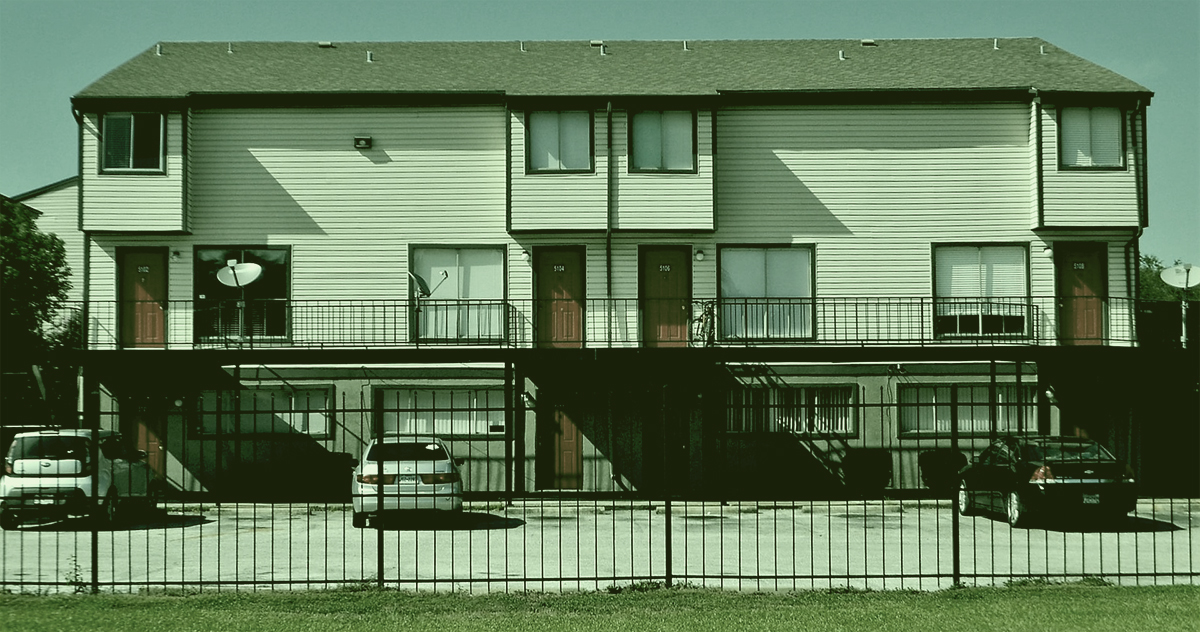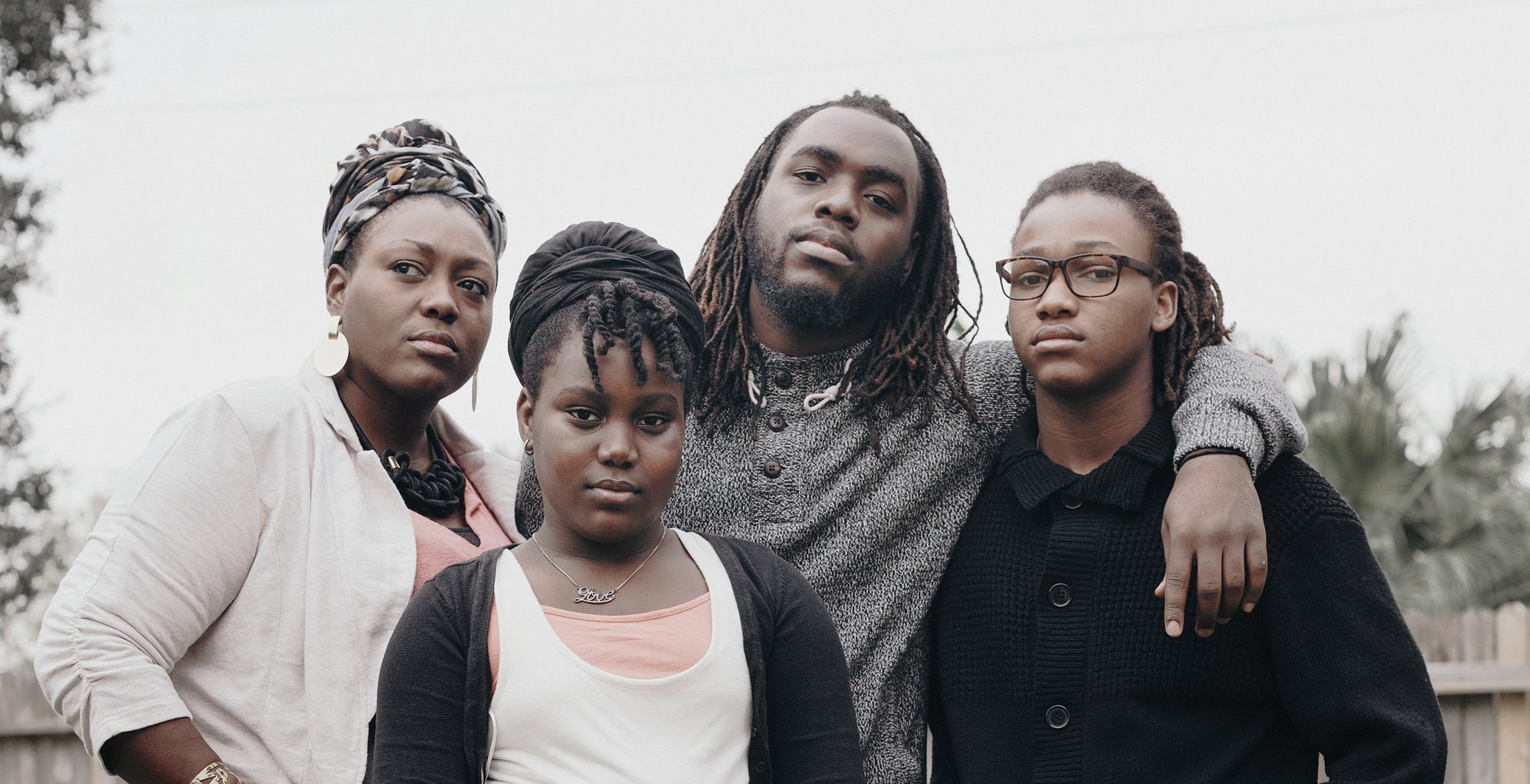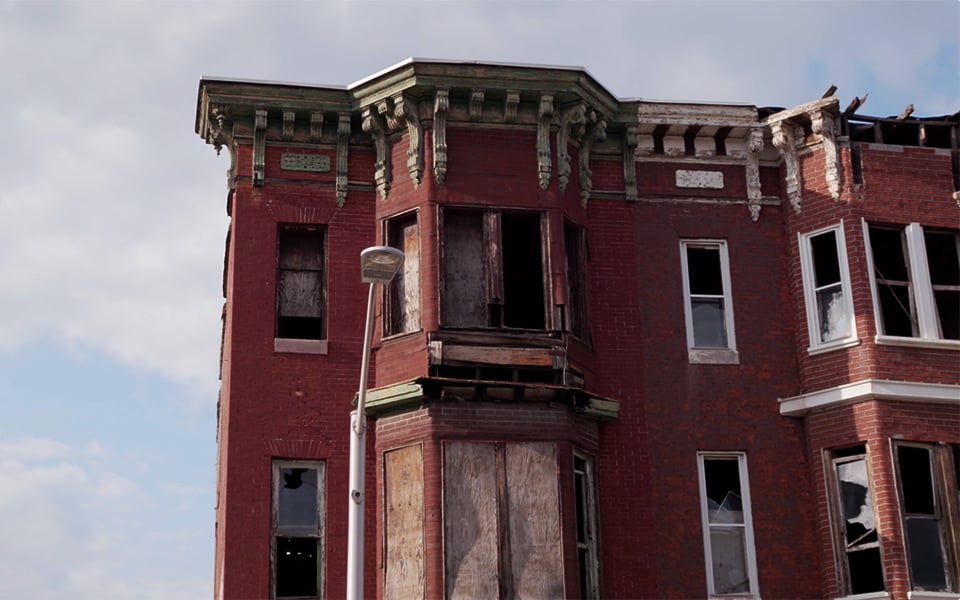
‘Owned’ Explores the Racist Foundation of Homeownership in America
Giorgio Angelini, the film’s director and a native Houstonian, discusses the movie ahead of a showing in Austin on September 10.
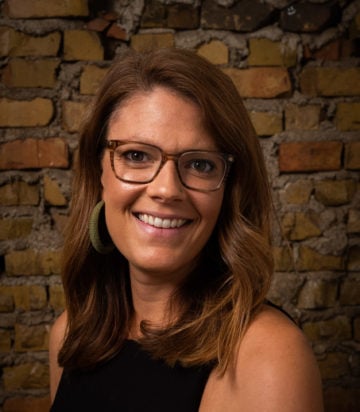
Above: An abandoned building in Baltimore.
After Giorgio Angelini graduated from the University of Texas at Austin in 2005, he toured the country with his two bands, playing in the same bars and clubs year after year. During his five years on the road, he watched as apartment and condo construction exploded in rapidly gentrifying neighborhoods like Williamsburg, in Brooklyn, and East Los Angeles.
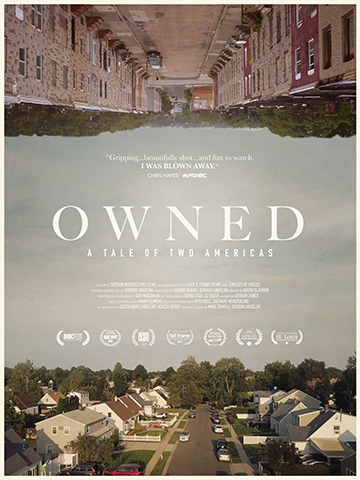
When the housing market crashed in 2008, the touring market cratered along with it, and Angelini enrolled in Rice University’s Masters of Architecture program in Houston, where he grew up. “The housing crisis unfolding in the background sharpened my interest in the role that the single-family home played in building both the American economy and American culture,” he says.
Exploring this history led him to direct his first film, Owned: A Tale of Two Americas, which documents the racist history of post-World War II U.S. housing policy, suburbanization, and sprawl. The Observer spoke with Angelini about the film, which screens on September 10 at Austin Film Society, followed by a panel discussion with Angelini, Texas Housers, Austin Justice Coalition, and the Housing Authority of the City of Austin.
Texas Observer: Did you begin to see Houston differently when you were at Rice?
Giorgio Angelini: Houston is famous for having no zoning. There’s this idea that no zoning means a freer and more interesting way to develop a city, but what you see in practice is that it creates a very boring city. Developers just end up building the safest thing possible. There’s an interesting building here and there, but in terms of a fully functioning system, in terms of a living, breathing city, I’m not sure the sum total is all that great. I love Houston, but I love Houston because of the people that live there and the diversity and the food and its weirdness. What no zoning does is it really incentivizes an individualistically minded developer who is less interested in how their project plugs into a greater system.
I remember driving past a stalled development every day on the way to Rice. A year into the [housing] crisis, they get back to construction, and you could just see the inherent cheapness, the lack of soul, the machinations of an Excel spreadsheet all throughout that structure. You think about all of the effort and money that went into building a thing that’s going to be there for 50 years, and what a missed opportunity it was on a critical corner. There’s no mechanism for the city to say, “Hey, this is a huge undertaking, maybe we can leverage it for something more significant or beneficial for the city.” No zoning incentivizes the individual over the collective, and that’s just not how you develop a city.
The film connects the racist history of housing in the U.S. with NIMBYism today. How did you start to investigate that connection?
I got a grant to photograph this abandoned McMansion development in the Inland Empire of California. It’s thousands and thousands of square miles of private developments all butted up against each other without any sense of cohesion or place or public life. It was like the zombie apocalypse: tools left out, Tyvek waterproof wrapping fluttering in the desert wind. Next to these homes were acres and acres of burnt-down orange groves. Someone somewhere was like, “OK, an acre of land growing oranges makes this much money, an acre of land subdivided with X amount of air-conditioned square-feet makes this much more, so let’s just switch it.” We were so resigned to this idea that the sole purpose of a home was to accrue value, that it was just a financial instrument, no different than your 401(k).
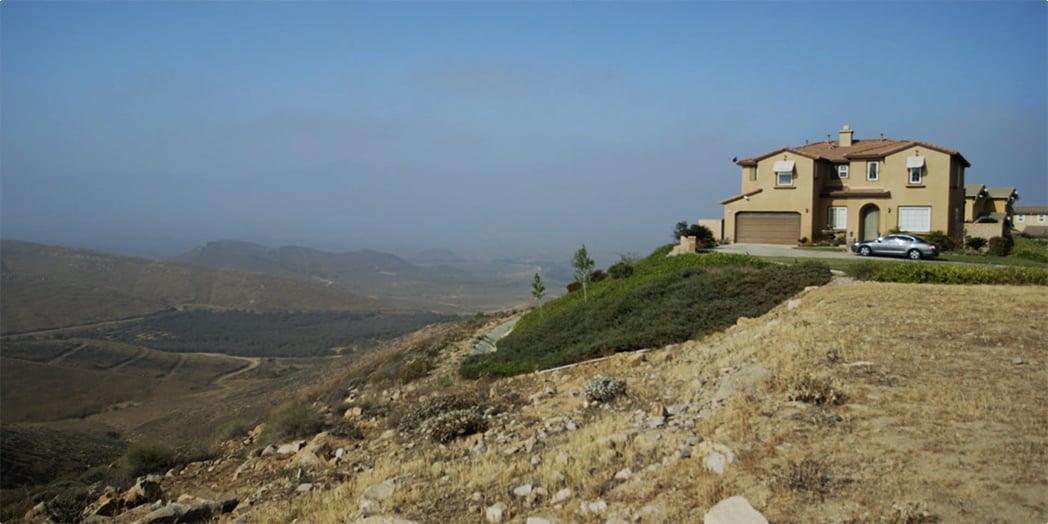
You can’t separate that intentionality from the racial component. Because when you treat a home like a commodity, you create a culture where everyone does whatever they can to protect that value. It teases out the worst aspects of humanity. If you think an African American family or an immigrant family moving into your neighborhood is going to bring down your property values—which of course has no basis in reality—then you’re going to do everything you can to keep “those people” out. Your home is an asset and it makes you money, so you’re going to defend it in any way possible.
You have people who bought into this idea that you bought a home, you paid it off over time, and you could retire on the value of that home by selling it. For a lot of people around America, especially in suburbs lining towns that have been wrecked by post industrialization, there is no one coming to buy that house. This is part of the anxiety that persists in the country right now. This social contract that the American government made with the American people—the home has been so central to that relationship, and now it’s quite literally worthless.
Texas cities are notoriously sprawling. How do we start to think about sprawl differently?
That’s precisely what I hope architecture gets back to. Architects are visioneers. But over the last decades, the industry has become essentially a tool for capital. The void is one of a lack of ambition and a lack of imagination. If you want to buy a house in Houston, there’s not really a whole lot of options. You’re either going to buy a condo or you’re going to buy a single-family home in the suburbs, and there’s just nothing in between. I think it’s up to architects to propose a different kind of way of living that seems attractive.
Levittown was a test. No one knew what the hell they were doing back then. They were just like, ‘We’re going to go out in these potato fields in Long Island and build these 1,000-square-foot matchstick homes that are cheap. There’s a housing crisis [after WWII] and we’re going to solve it.’ Somehow that became the model. No one was like, “Wait a minute, this is a crisis we were trying to solve; it’s not the way to shape an entire country.”
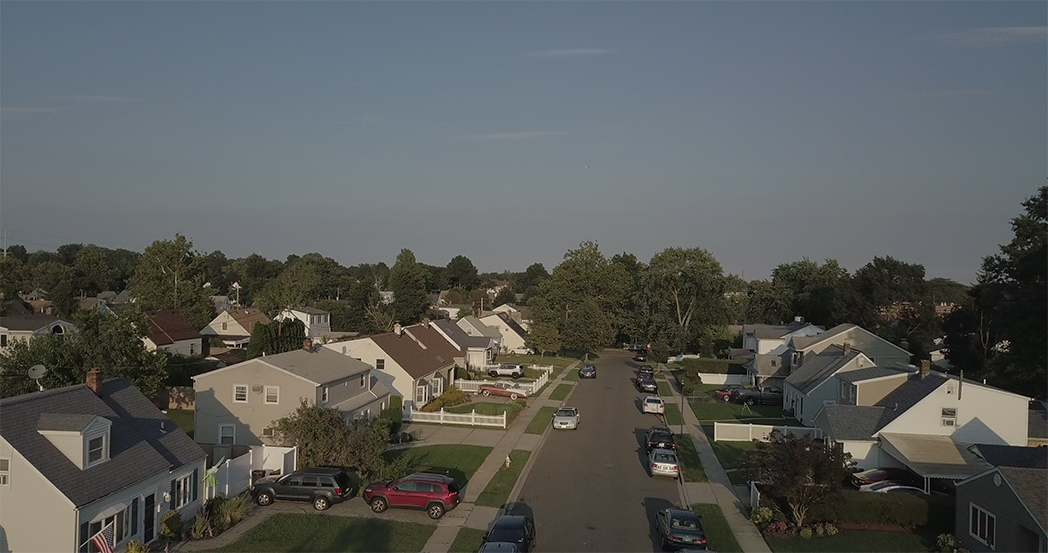
You graduated from UT-Austin in 2005. What do you think about how the city has changed since then?
I was in Austin a few weeks ago, on the East Side staying at my friend’s house. My friend was gone and there was a knock on the door. I open it and there’s this bright-eyed bushy-tailed young real estate broker. He’s like, “Oh, hi, do you live here? I’m a real estate broker and we’re having an open house tomorrow for the house next door.” I was like, “No, this is my friend’s house, but I lived here for a long time.” He was like, “Well I don’t really know anything about the neighborhood, I live up in Pflugerville. Is it a cool neighborhood, are there cool bars?” He was cribbing my notes for an impending sale, and he had never set foot in the neighborhood. He just wants to flip this house next door and further entrench the neighborhood, divorcing it from its history and creating the erasure that is the history of how this neighborhood was built and why it was built in the first place.
[On the East Side] you see the effects when you take seriously the conceit that a square foot is worth a dollar amount. There’s no waste, but in the worst possible way. These developer homes are a great encapsulation of the problem, because they are so stripped of any fat, and by fat, I mean culture. They are pure vehicles for value.
What do you want people to take away from the film?
What we know for sure, what census data has shown, is that where you grow up has a bigger impact on your ability to move up socioeconomically than any other aspect in your life. If you take seriously the view of America as a meritocracy, if you understand the relationship between where you live and your ability to thrive, and you realize how absolutely racist and punitive housing and zoning development has been for many people in America, then you have to come to the conclusion that the system has to be completely torn down. Every day we don’t try to right that wrong, we’re continuing to perpetuate a deeply racist system.
This interview has been edited for length and clarity.
Read more from the Observer:
- They Persisted: These candidates are back in the ring to prove that 2018 wasn’t a singular “year of the woman.”
- How Julián Castro’s ‘Decade of Downtown’ Reshaped San Antonio: The presidential hopeful has branded himself as an affordable housing visionary. But his record in San Antonio on this issue is more complicated.
- Texans Can Finally Buy Beer Directly From Breweries: The Beer-to-Go law went into effect September 1 after a long, protracted legislative battle.
